Ceramic Tabgha Hanger With Incense and Holy Soil
In a small village by the shores of the Sea of Galilee, nestled among olive trees and vibrant wildflowers, there existed a cherished tradition that brought together the community in profound ways. The villagers held a deep reverence for the land’s rich history, often reflecting on the sacred events that had unfolded in their midst. Foremost among these was the story of the miraculous feeding of the five thousand, which took place at Tabgha—a site marked by its beauty and significance.
In the center of the village lived a skilled artisan named Jacob. Known for his impressive ceramic work, Jacob had a special talent for crafting exquisite pieces that infused both beauty and spirituality into everyday life. Among his most beloved creations was a unique item he called the “Tabgha Hanger.” This ceramic piece was fashioned with intricate designs that depicted the landscape of Tabgha, featuring loaves of bread, fish, and blooming flowers, making it a fitting tribute to the miracle of abundance.
What set the Tabgha Hanger apart, however, was its purpose. Designed to hold incense, Jacob included a special compartment at its base for holy soil sourced from the land near the Church of the Multiplication of the Loaves and Fishes. This fusion of decorative art and spiritual significance resonated deeply with villagers seeking to enrich their daily rituals with a connection to their faith and heritage.
One day, as Jacob meticulously crafted a new Tabgha Hanger, he contemplated a vision. It came to him as he worked the clay with his hands: the idea of creating a sacred ceremony to celebrate the village’s bond with its history. Encouraged by the inspiration, he decided to host a gathering in honor of the land, crafting numerous hangers to share with his friends and neighbors as tokens of love and remembrance.
As the sun dipped below the horizon on the chosen day, the villagers gathered by the banks of the Sea of Galilee, their hearts filled with anticipation. Children laughed and played, while elders exchanged stories of the miracles that once graced their shores. Jacob, dressed in his best attire, stood proudly among the attendees, offering his freshly made Tabgha Hangers, each adorned with vibrant glazes that shimmered like the waters before them.
With the sun casting a golden glow upon the gathering, Jacob began sharing the story behind each piece, relating the history of the miracle that connected them all. He explained how the loaves and fishes had fed thousands, a symbol of generosity that reminded the villagers of the abundance they were capable of sharing with one another. The Tabgha Hanger, Jacob emphasized, served as a reminder of their commitment to hospitality, community, and the spiritual richness of their land.
Inspired by Jacob’s words, the villagers decided to create a communal altar by the water’s edge, placing their Tabgha Hangers in a circle. Each had brought with them their own unique incense, carefully blended from local herbs and spices, embodying the fragrant essence of their homeland. As dusk settled upon them, they lit the incenses, and the air filled with a fragrant tapestry of scents—each representing an individual’s story woven into the fabric of the community.
With newfound purpose, the villagers took turns sharing verses and prayers, reflecting on their gratitude for the land that sustained them and the community that made life vibrant. As incense wafted into the sky, it carried with it their hopes and aspirations, strengthening the bonds of love, faith, and belonging that united them. The ceremonial gathering became an integral part of their collective identity, reaffirming their connection to the past, to each other, and to the land.
Over time, the Tabgha Hanger transformed into an emblem of hope and unity. Families began hanging them in their homes, using the compartments for soil gathered from their gardens or places rich in personal history. They filled the top sections with incense, infusing their surroundings with fragrant aromas during celebrations, prayers, and gatherings.
The symbolism was profound: the holy soil resonated with their individuality and spiritual journeys, while the incense fostered a shared ritual that reminded them of their rich heritage. The villagers found solace in the customs they had created, allowing their spiritual lives to intertwine with everyday actions, bringing the beauty of Tabgha into their homes.
Years went by, and as the village flourished, Jacob continued his work, inspired by the legacy his creations had built. The Tabgha Hanger became a cherished heirloom handed down through generations, telling stories of love, unity, and reverence for their land. Visitors from neighboring villages would come to hear the stories and partake in the rituals, and for many, it was a place of pilgrimage, a thread connecting past miracles to the present.
In the heart of the village by the Sea of Galilee, the Tabgha Hanger and its holy soil remained an enduring symbol—a reminder of abundance, of faith, and of the power of community woven through every piece, every prayer, and every moment shared. Jacob’s vision had transformed into a living tapestry, enriching lives, reminding all that from humble origins—much like the loaves and fishes—greatness and hope could flourish within the embrace of tradition, love, and the land they called home.
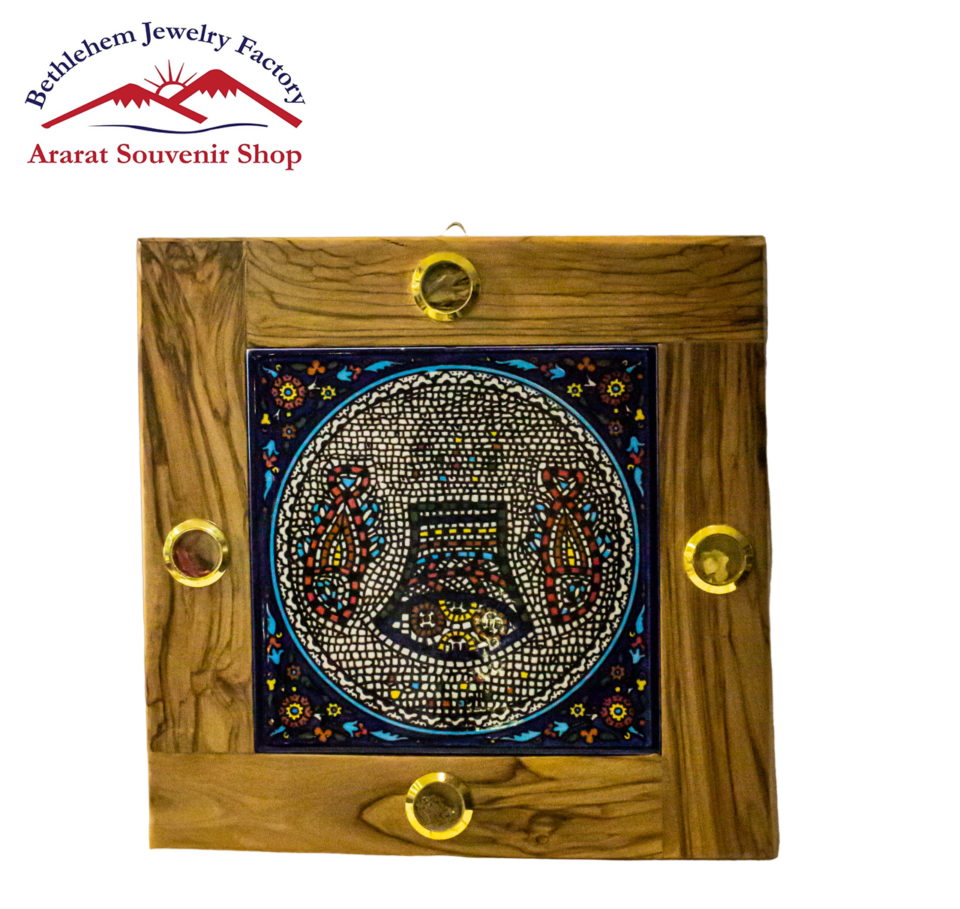
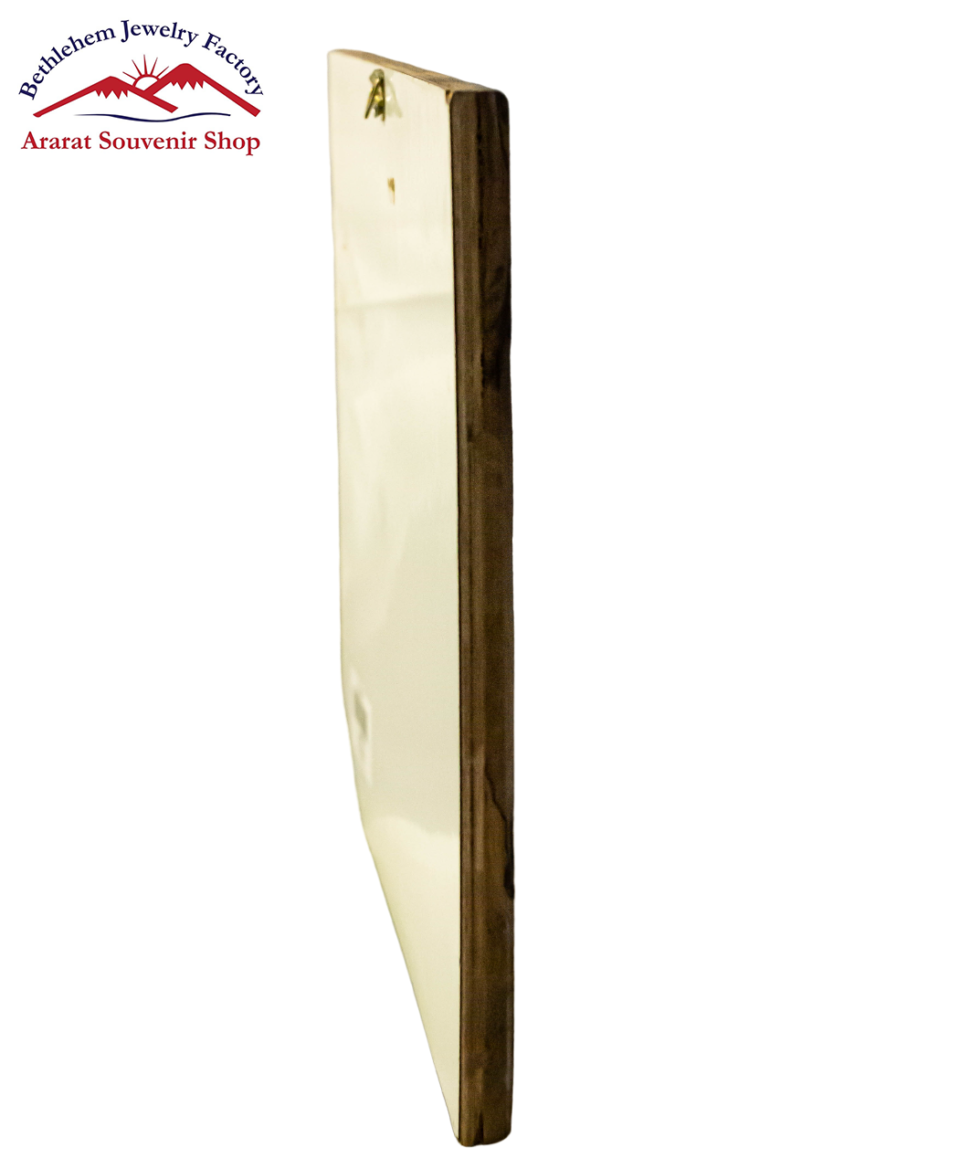
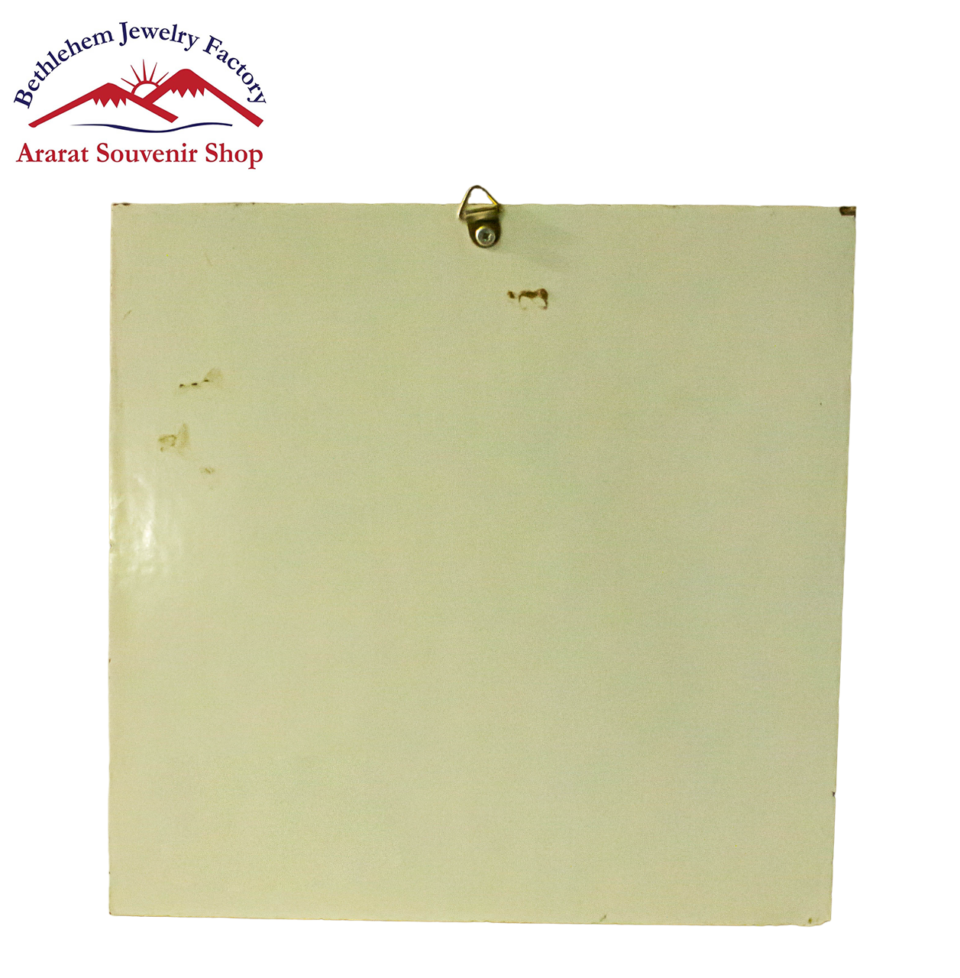

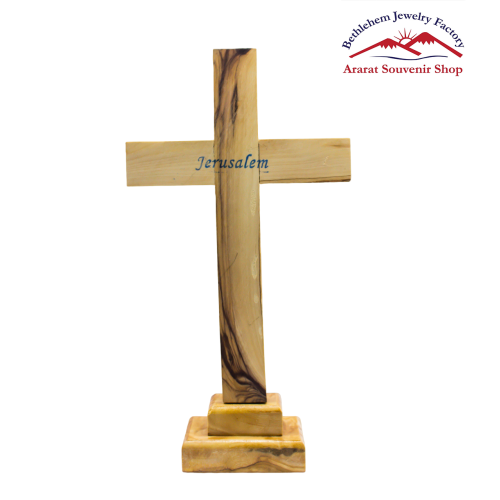


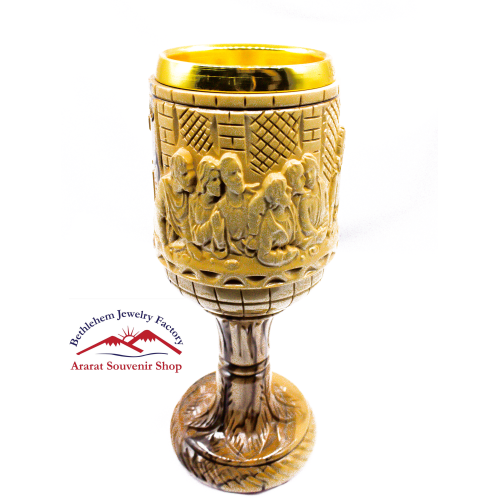
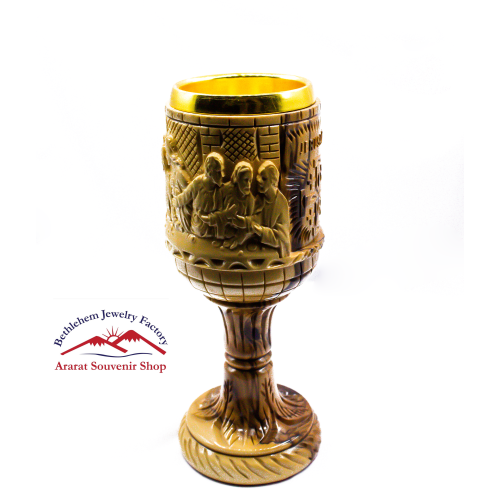

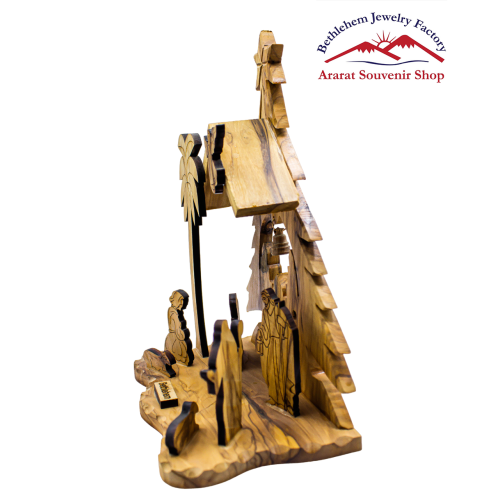
Reviews
There are no reviews yet.